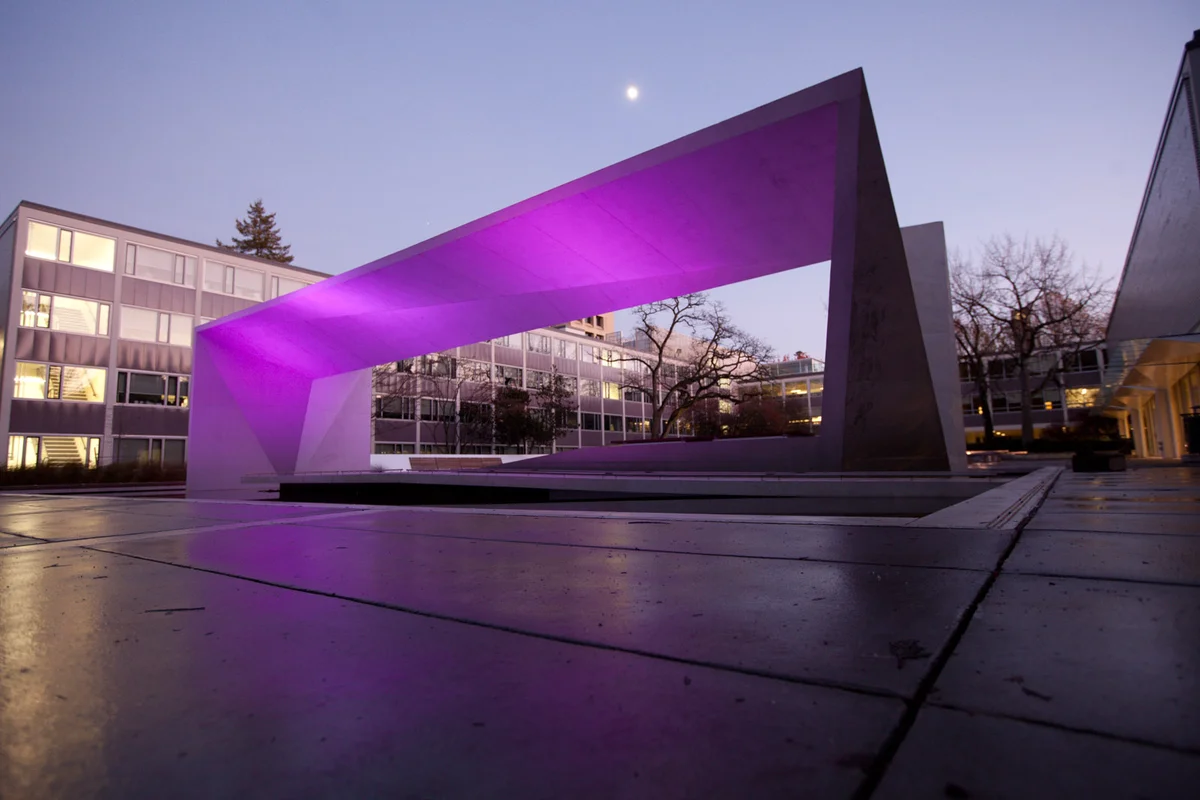
Starting winter 2020, UBC will be phasing out its Religion, Literature and the Arts (RGLA) Bachelor of Arts (BA) in favour of a new Interdisciplinary Religious Studies program, which will allow students to pursue a holistic study of religion under one degree.
Initial proposals for an interdisciplinary program began last year. Now, students who begin pursuing this major could graduate with a BA in Interdisciplinary Religious Studies as early as May 2022.
The program is built around a core of three new religious studies courses: Introduction to the Study of Religion (RGST 200), Theory and Method in the Study of Religion (RGST 300), and Advanced Seminar in the Study of Religion (RGST 400). These courses tackle questions in the academic study of religion, as well as introducing both classical and contemporary schools of analysis in religious scholarship.
In addition to these classes, Interdisciplinary Religious Studies currently includes 106 courses from various departments which had not been a part of the old RGLA program. Now, the majority of undergraduate courses at UBC integrating an examination of religion will be course options for students interested in pursuing the new major.
“We wanted to expand our course offerings to those courses that exist outside of the strict limits of literature and the arts,” Program Director Dr. Sabina Magliocco said in an interview with The Ubyssey.
“Interdisciplinary Religious Studies is for students who want to examine the interdisciplinary aspects of religion, such as a political course examining the role of religion in government, a psychology course that examines cognitive approaches to religion, a course in anthropology that examines the traditional roles of religion in societies, and so on and so forth,” she added.
Another new element of the program is its inclusion of religions that may not have been supported under previous iterations of religious studies programs at UBC.
Until now, students not studying under RGLA have primarily majored in religious studies of a specific set of cultures. For example, students may study Hinduism under the Department of East Asian Studies, or Early Christianity under the Classical & Near Eastern Religious Studies (CNERS) department. But they have not been able to combine study of both religions in any one major.
Fourth-year CNERS student Ashley Samsone noted that while existing programs have already covered much ground, few classes have offered a truly comprehensive overview of religion.
“CNERS focuses on ancient religions of the Mediterranean, Northern Africa, and the Middle East,” Samsone said. “This may be interesting, but for those wanting to pursue a religious studies degree where they could study all religions, this is kind of difficult because there wasn't a direct program or space for those interest in doing so.”
As president of the CNERS Student Association, Samsone often reached out to professors in overlapping departments such as the department of anthropology and the department of Asian studies to “supplement the gap between ancient and modern religions.”
“I’m excited to see courses structured in a way that will give us the ability to realize new perspectives,” she said. She hopes to register for one of the program’s new courses next year.
Kristina Shishkova, a second-year student who intends to pursue a major in the new program, is particularly interested in the new research-driven direction the program will take.
“It could be helpful to learn how to write papers specifically on religion, or how to do research in religious studies,” she said.
As a student considering graduate study, she hopes that the program will continue to support her investigations into society and culture.
“The things I've learned and the conversations with professors and peers that I've had have already broken down and helped me rebuild the ways I think about the world,” said Shishkova.
“I know this will only continue to happen the more I learn, so I hope to continue on with this process of being open and understanding.”

